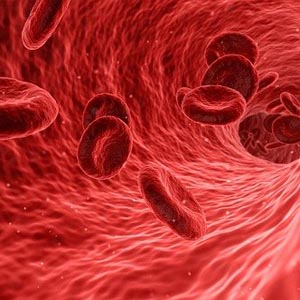The predictive value of inflammatory biomarkers in the detection of multiple sclerosis attacks

Accepted: 23 April 2023
All claims expressed in this article are solely those of the authors and do not necessarily represent those of their affiliated organizations, or those of the publisher, the editors and the reviewers. Any product that may be evaluated in this article or claim that may be made by its manufacturer is not guaranteed or endorsed by the publisher.
Authors
Multiple sclerosis (MS) is the most prevalent immune-mediated inflammatory demyelinating central nervous system disorder, with a diverse set of clinical signs and symptoms. This study aimed to investigate the diagnostic values of the monocyte/lymphocyte ratio (MLR), red cell distribution width/lymphocyte ratio (RLR), and systemic immune-inflammation index (SII) in detecting multiple sclerosis attacks in patients with Relapsing-remitting MS (RRMS) presenting to the emergency department (ED). This retrospective observational study was conducted among patients with RRMS presenting to the ED of a third-level hospital. The laboratory parameters of 165 patients were compared during the attack and non-attack periods. The paired t-test statistic was used to compare means of inflammatory biomarker measurements between attack and non-attack groups. The neutrophil/lymphocyte ratio (NLR), MLR, RLR, and SII mean of the patients in the MS attack periods were higher than those in the non-attack period. The mean difference of NLR, MLR, RLR, and SII between both groups was 5.40±7.25, 0.37±0.43, 7.77±11.61, 1469.19±1978.88, respectively (p<0.001). In ROC analysis, NLR, RLR, MLR, and SII had excellent diagnostic power in detecting MS relapse (AUC: 0.87, 0.81, 0.86, and 0.87, respectively). According to our findings, SII, MLR, NLR, and RLR may be beneficial in confirming the diagnosis of attack in patients with RRMS.
How to Cite

This work is licensed under a Creative Commons Attribution-NonCommercial 4.0 International License.
PAGEPress has chosen to apply the Creative Commons Attribution NonCommercial 4.0 International License (CC BY-NC 4.0) to all manuscripts to be published.

 https://doi.org/10.4081/ecj.2023.11314
https://doi.org/10.4081/ecj.2023.11314








